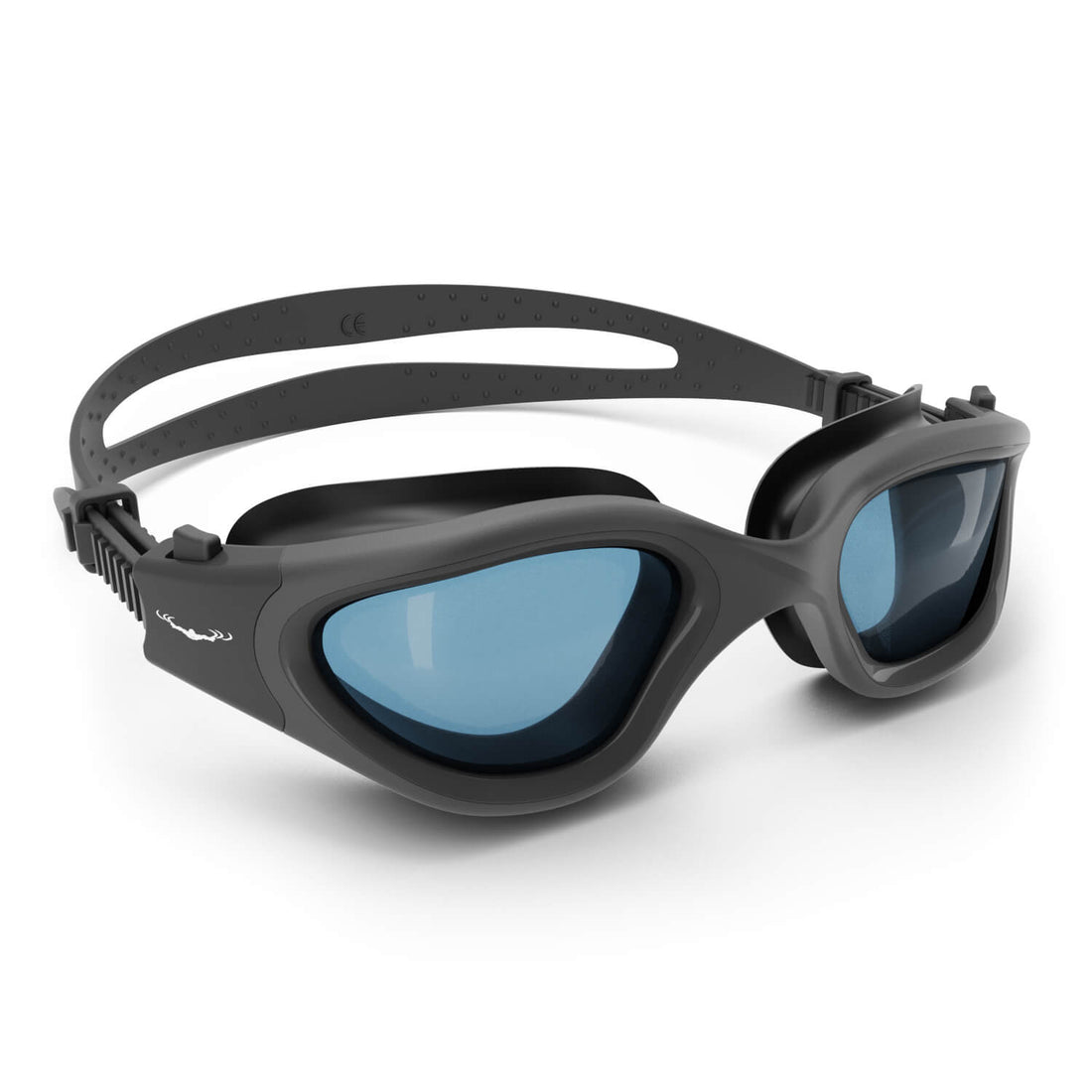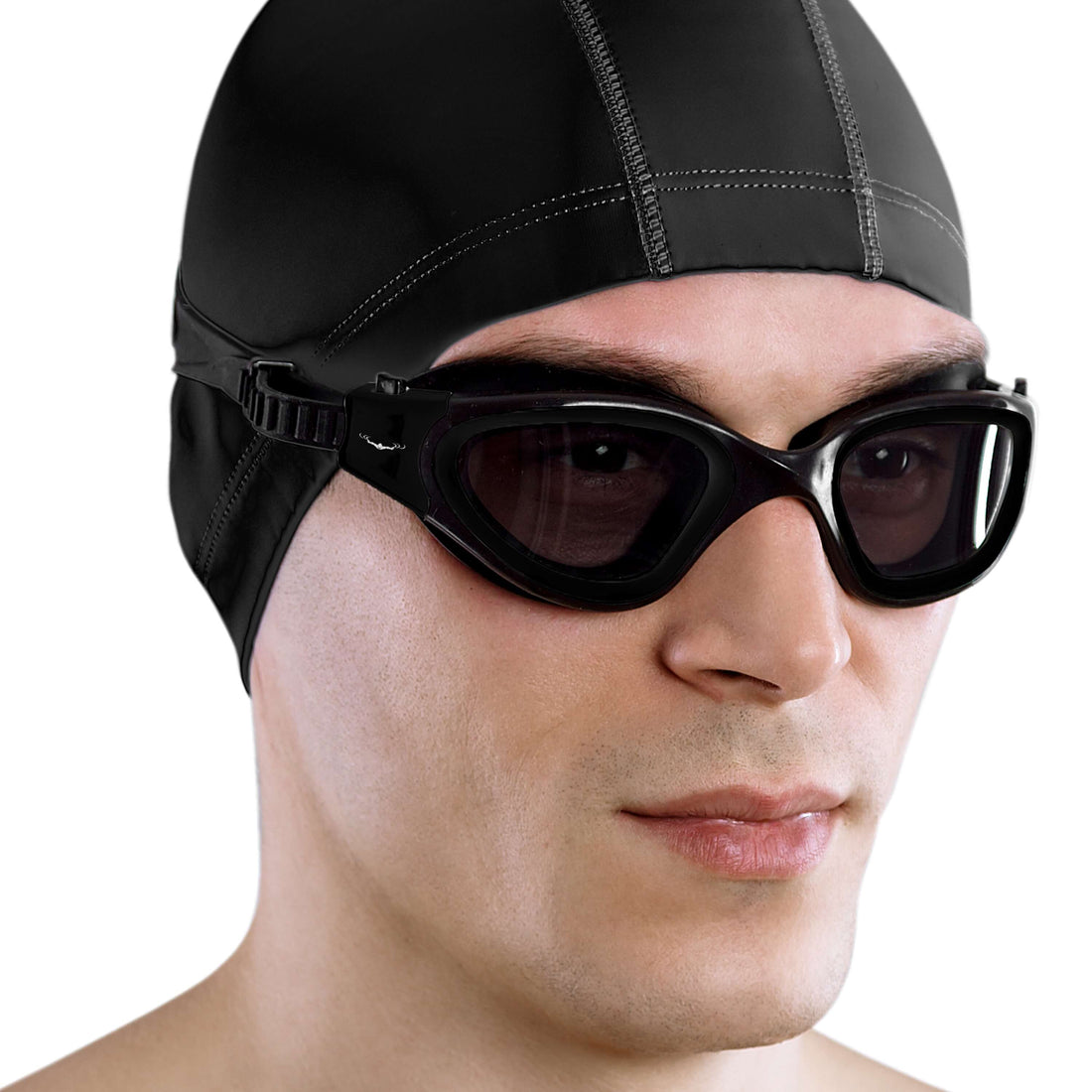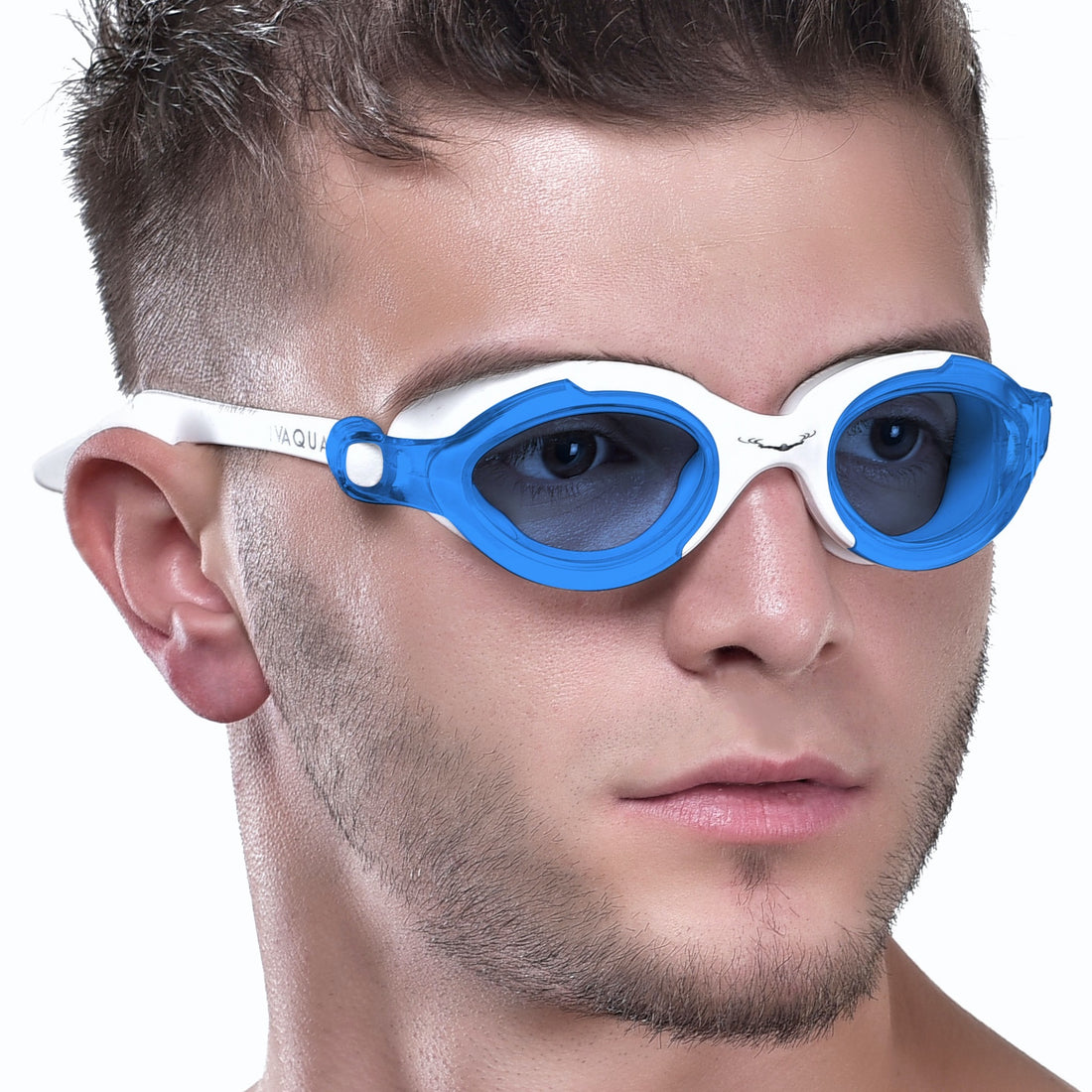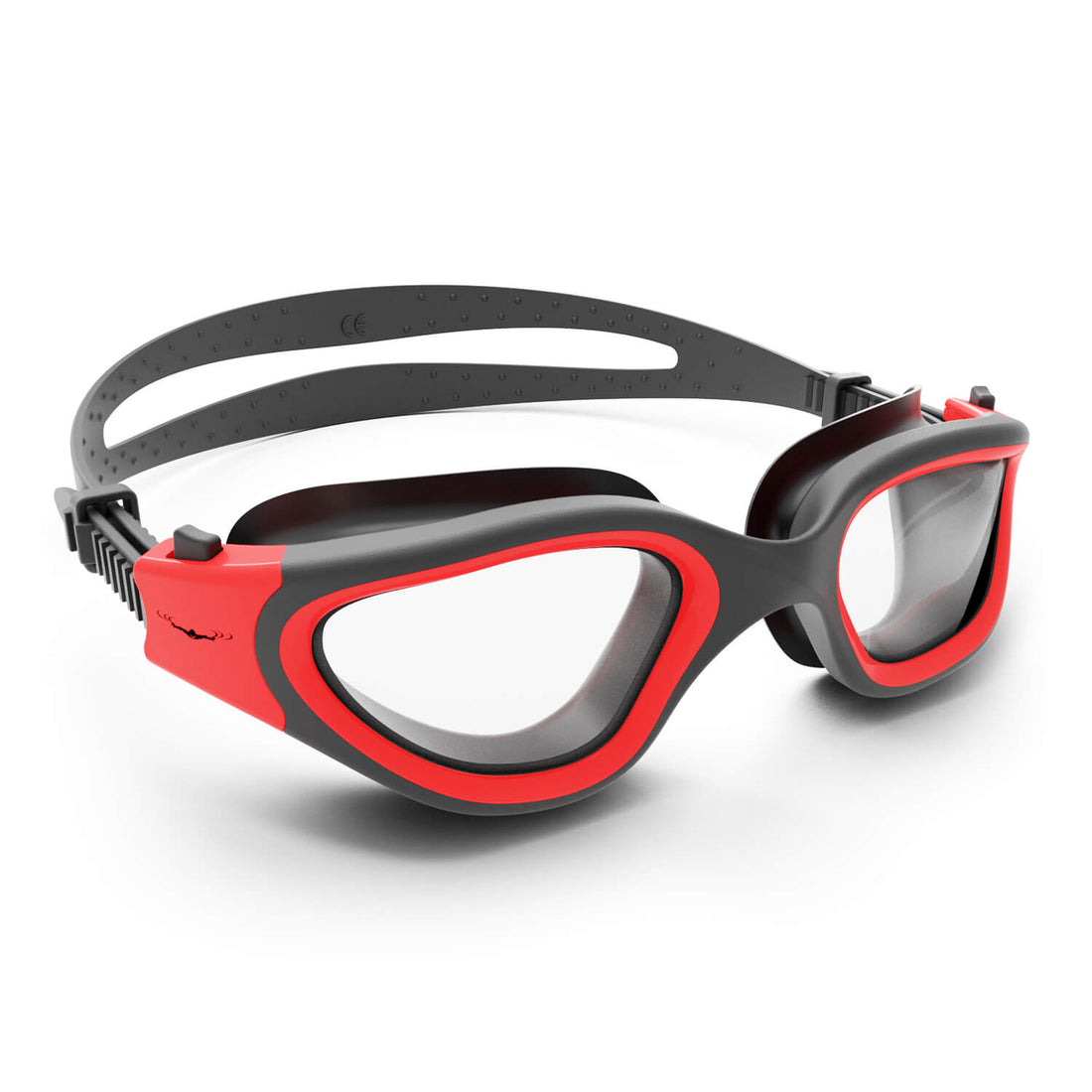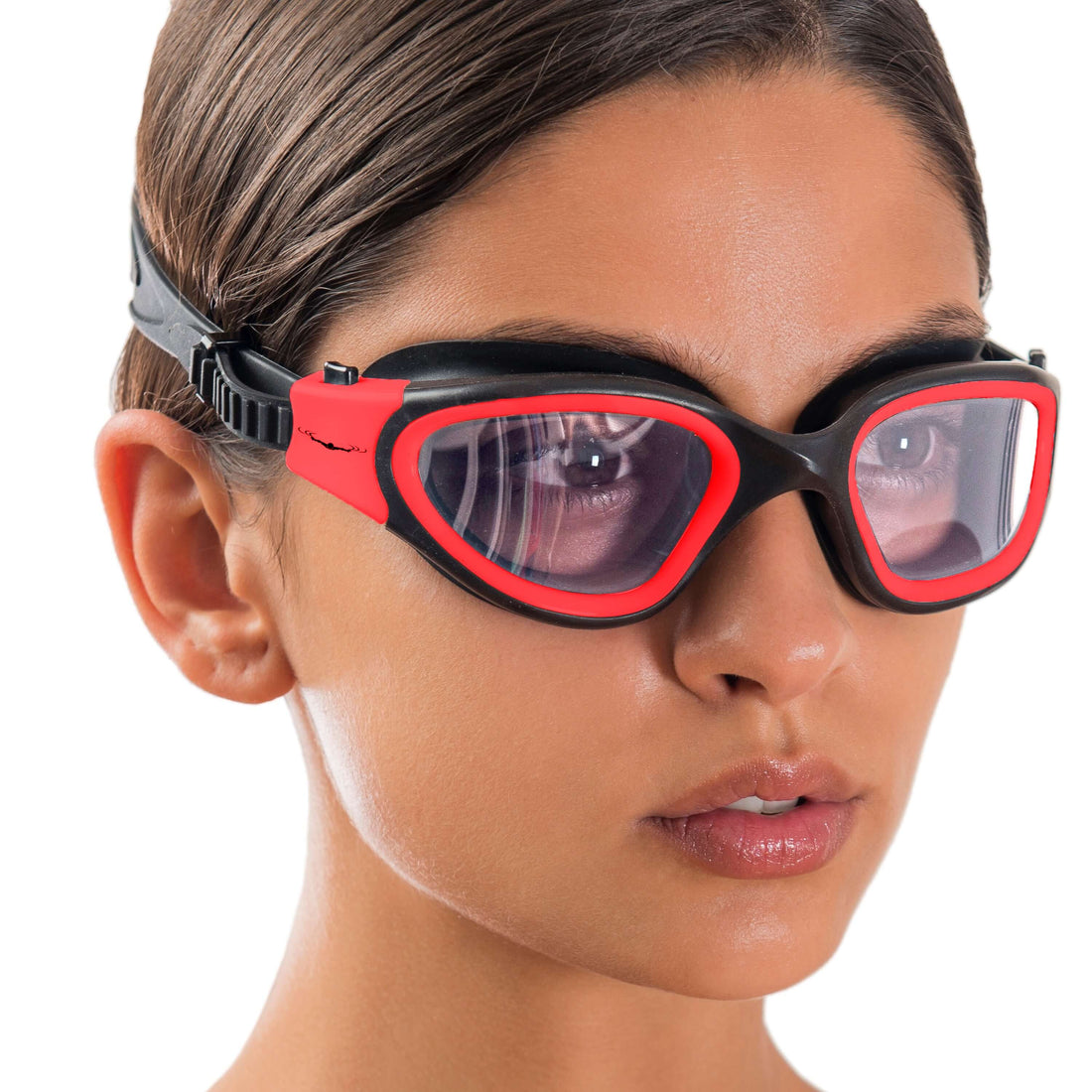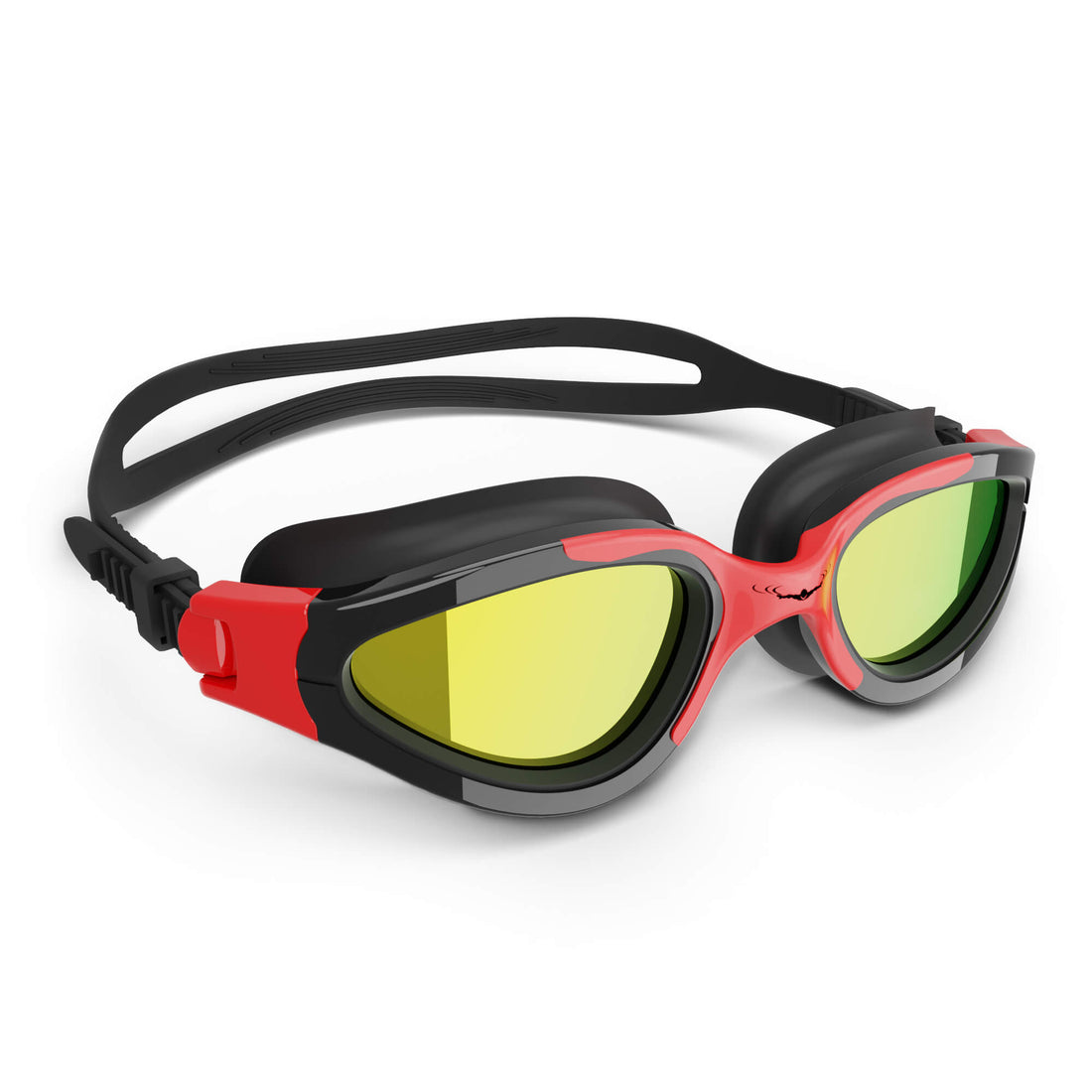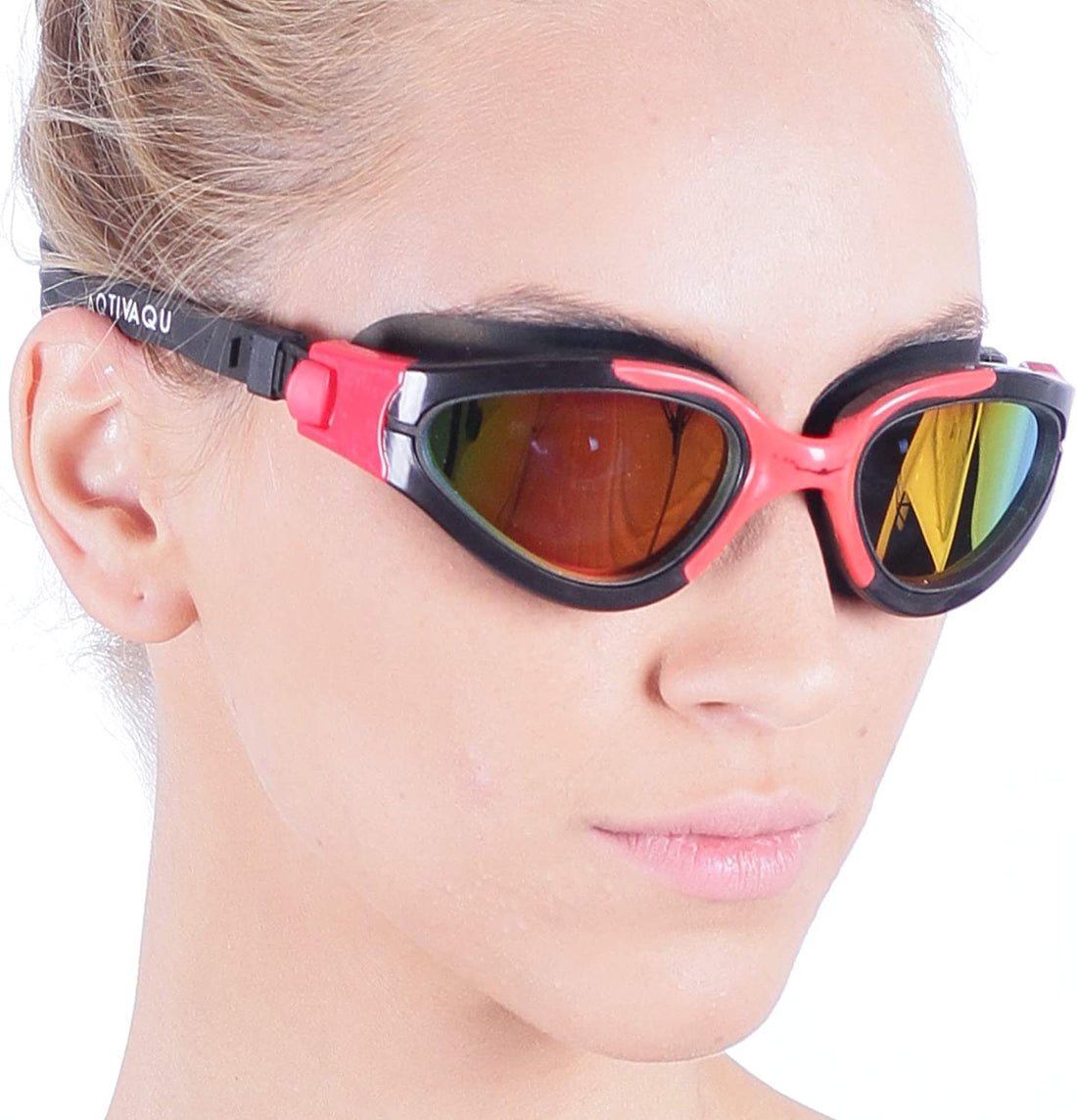Overview
Stretching is essential for swimmers to enhance performance, prevent injuries, and improve flexibility. Incorporate dynamic stretches before swimming and static stretches after to warm up and aid recovery. Additionally, consider using neoprene headbands and goggles for comfort and protection. Regular stretching becomes increasingly important with age to maintain mobility and quality of life.
Frequently Asked Questions
1. Why is stretching crucial for swimmers?
2. What are some effective stretching techniques for swimmers?
3. How does stretching benefit swimming technique?
4. What accessories can enhance the swimming experience?
5. Why does stretching matter more as we age?
Swimming is not just a recreation or a form of exercise; it's a full-body workout that engages multiple muscle groups. Whether you're a novice or an experienced swimmer, incorporating stretching into your routine is crucial for enhancing performance, preventing injuries, and improving overall flexibility. In this article, we delve into the importance of stretching before and after swimming, highlighting its benefits and providing practical tips for an effective routine.
Why Stretching is Crucial for Swimmers
Before we dive deeper into the specifics, let's explore why stretching is particularly important for swimmers:
- Warm-Up: Stretching increases blood flow to your muscles, ensuring they are warm and ready for action.
- Flexibility: Improved flexibility allows for a more extensive range of motion, which can greatly enhance your swimming technique.
- Injury Prevention: Properly stretched muscles are less prone to injuries such as strains or tears.
- Performance: Increased flexibility can lead to better streamlining in the water, making you a more efficient swimmer.
- Muscle Relaxation: Post-swim stretching can help in the recovery process, reducing soreness.
How Stretching Benefits Your Swimming Technique
Enhanced Range of Motion
One of the biggest advantages of stretching is improved range of motion. Activities like swimming require fluid and efficient body movements. When legs, arms, and shoulders are flexible, swimmers can execute strokes with greater ease, which translates into faster lap times.
Better Breathing Mechanics
A significant part of swimming is controlled breathing. Stretching the muscles in your chest and back can lead to improved lung capacity. This can help you take deeper breaths, which is crucial when swimming long distances.
Core Stabilization
Your core is pivotal in maintaining balance in the water. Stretching your core muscles helps engage them, giving you stability in both your strokes and turns. This stabilization also assists in managing energy efficiently while swimming laps.
Effective Stretching Techniques for Swimmers
Now that we've established the importance of stretching, let's look at effective techniques tailored specifically for swimmers.
Dynamic Stretching Before Swimming
Dynamic stretching involves moving parts of your body to gradually increase range of motion. Here's a simple routine to consider:
- Arm Circles: Stand tall and extend your arms out to the sides. Make small circles with your arms for about 30 seconds in each direction.
- Leg Swings: Hold onto a wall for balance and swing one leg forward and backward to loosen up your hips. Repeat for each leg.
- Hip Openers: Stand on one leg and lift the opposite knee to your chest. Then, rotate the knee outward, and then back in. Repeat several times each side.
Static Stretching After Swimming
Static stretches are performed without movement and are ideal following your swim session. Aim to hold each stretch for 15-30 seconds. Consider these key stretches:
- Chest Stretch: Clasp your hands behind your back and gently pull your arms upward to stretch your chest muscles.
- Shoulder Stretch: Cross one arm over your chest and pull it towards you with the opposite arm.
- Hamstring Stretch: Sit on the ground and extend one leg while bending the other. Reach toward the extended leg to feel a stretch in your hamstrings.
- Quadriceps Stretch: Stand on one leg, grab your ankle with the opposite hand, and pull your heel towards your glutes for a good quad stretch.
Incorporating Neoprene Swimming Headbands for Comfort
In addition to stretching, wearing a neoprene swimming headband can contribute to your overall swimming experience. These headbands keep hair out of your face and protect your ears from cold water, enhancing your comfort during your swim. When you’re comfortable and focused, it’s easier to maintain proper technique and form, further reducing the risk of injury.
The Role of Swim Goggles in Protection
Another essential accessory for swimmers is swim goggles. Swimming goggles not only protect your eyes from chlorine but also enhance visibility while you are in the water. Ensuring you can see clearly allows for better orientation and technique, which minimizes the chance of collisions and misalignments during your swim sessions.
Listening to Your Body
While engaging in stretching routines is vital, it’s equally important to listen to your body. Some key tips include:
- Know Your Limits: Overstretching can lead to injuries, so be aware of your comfort levels.
- Stay Hydrated: Hydration plays a crucial role in muscle function and flexibility. Drink water before and after swimming.
- Rest and Recover: Make sure to allow your body adequate time to rest. Overexertion can lead to fatigue and potential injury.
Stretching and Age: Why it Matters More as You Grow Older
Many people assume their body is resilient when they are younger, but this may change with age. As you get older, flexibility and muscle elasticity tend to decrease. Here’s why stretching becomes even more important:
- Increased Muscle Elasticity: Continual stretching helps maintain elasticity in your muscles.
- Maintaining Mobility: Joint stiffness can be a significant issue for older adults. Regular stretching can combat this.
- Improved Quality of Life: Being able to move freely enhances your daily activities, ensuring that swimming or any other physical activity remains enjoyable.
Combining Stretching with Your Swimming Routine
Integrating stretching into your swimming sessions doesn’t have to be complicated. Here’s a simple way to create a balanced routine:
- Before Swimming: Focus on dynamic stretches that warm up your muscles. Spend at least 10 minutes on this before you jump into the pool.
- Post-Swim: Dedicate time for static stretching. Consider making this a routine part of your cooldown, spending at least 10-15 minutes.
Join the Stretching Revolution!
Incorporating stretching into your pre and post-swim routines is not just beneficial; it’s essential for maintaining performance and preventing injury. Whether you sport a stylish neoprene swimming headband or wear your favorite swim goggles, ensuring your body is primed and ready to dive into the water will always pay off in the longer swimmier journey.
So, take the plunge! Make stretching an integral part of your swimming regimen and reap the rewards of improved performance, reduced injury risks, and greater enjoyment in the water. Start today, and look forward to smoother strokes and longer swim sessions!
Linked Product

Neoprene Swimming Headband - Swim Ear Band Protection Cover - Hair Guard - Keep Ear Plugs IN
The Neoprene Swimming Headband offers effective ear protection by securely holding earplugs in place, making it suitable for individuals with ear tubes or perforated eardrums. Its quick-dry material keeps ears warm and helps manage hair during swims, while bright colors enhance visibility in various water settings. Available in multiple sizes, it caters to users of all ages, ensuring a comfortable fit for everyone.
View ProductDiscover the creations of a fellow Shopify or Wix store owner. Check out their online store here. Please remember that this is a promotional link, and we are not liable for the content of the linked store.



